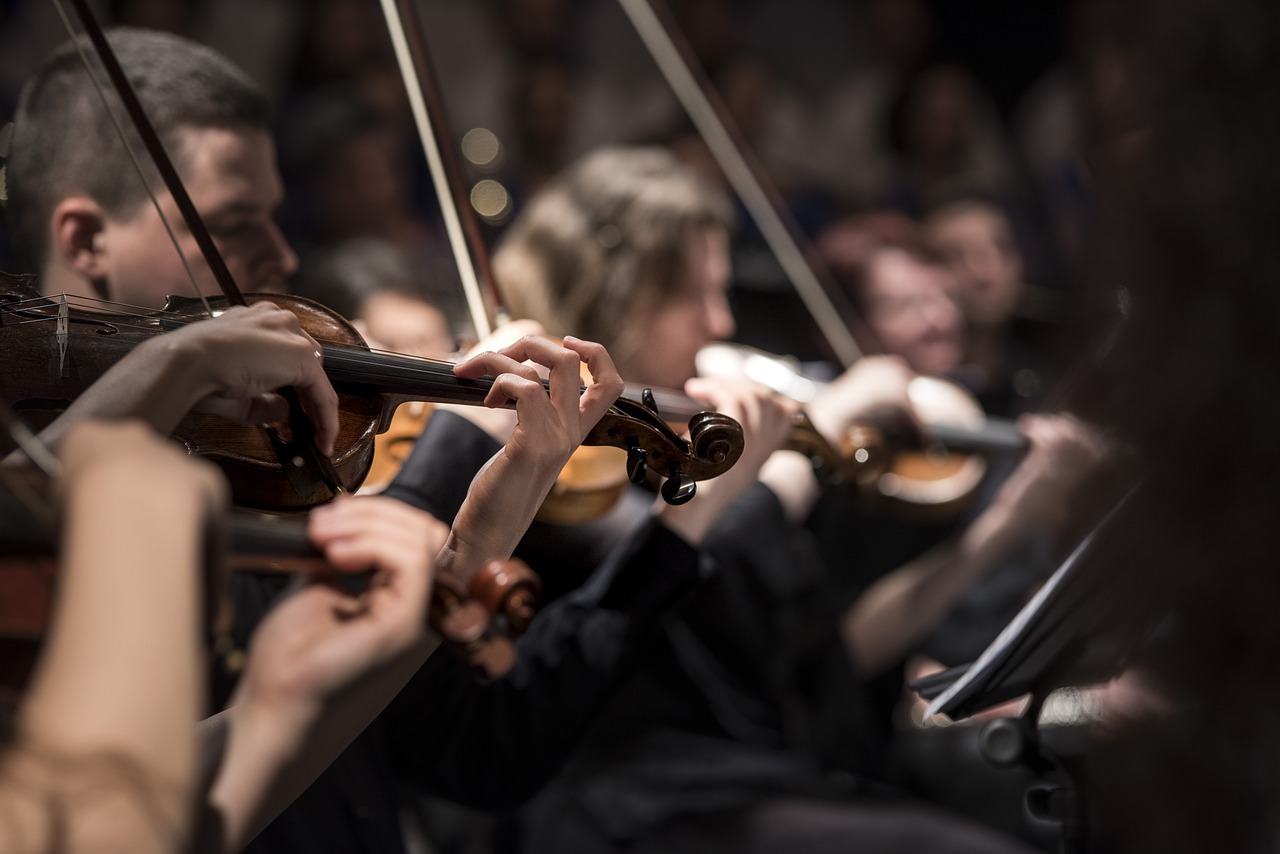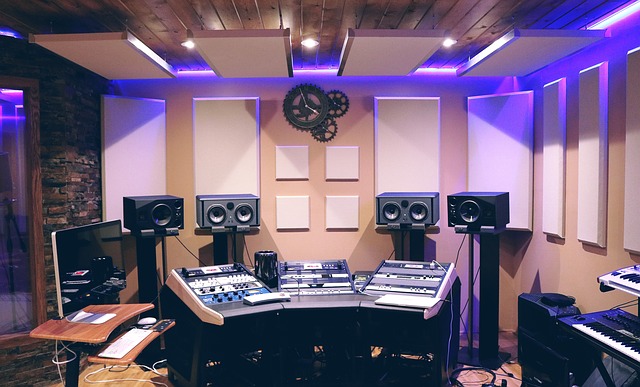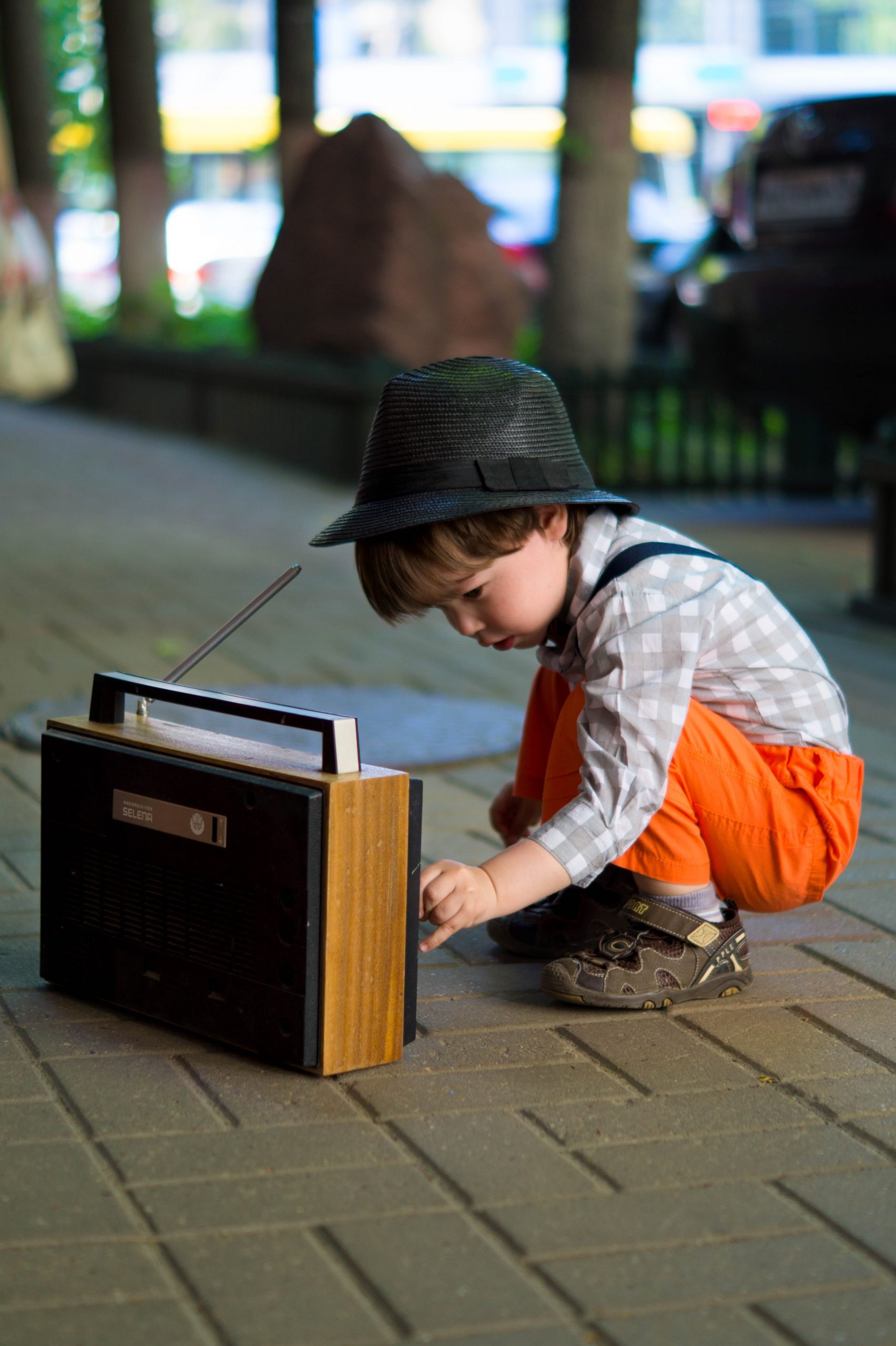 Creating good music only gets you so far. You also need to be familiar with marketing, branding, and interacting with your fans.
Creating good music only gets you so far. You also need to be familiar with marketing, branding, and interacting with your fans.
Get Featured on Music Blogs
Blogging your music is an effective way to promote your music and reach a new audience. Music blogs will help raise awareness, build trust and open up new opportunities. However, it isn’t easy to introduce your music on a blog. In particular, we strive to hear so many new acts. So how do you post music to your blog? And how do you like music blogs that showcase your music? You can also get more fans when you buy spotify followers.
Collab with Other Artists
Increase fan base by collaborating with artists who have a lot of followers. Network with local artists, venues, or artists in the cities you travel to. Networking in the music industry is essential!
Creating video content Video is a powerful medium for music advertising. And YouTube has become an indispensable media platform for musicians. People also first visit YouTube to find songs. Music is also the most sought-after topic on YouTube.
Leverage Fans of Other Artists
Expand your fan base by leveraging the fans of artists, venues, and brands. For example, you can collaborate with other artists, create remixes, and play where you have enthusiastic fans. Reaching other audiences is an easy way to get new fans.
Has a presence on social media The rise of social media is a valuable asset for musicians. Social media is another way of promoting your music, connecting with your fans, and increasing your followers. In addition, effective social media strategies connect with colleagues in the music industry and offer new opportunities.
Share Content From Fans
Spread love and share or retweet content posted by fans. Be thankful to your fans. Interact with your fans: Connect with them and show them what you care about.
Implementing these methods will increase your followers. However, if you want to maintain and expand your fan base, you must frequently keep in touch with your fans. Also, if you’re going to break through the noise and get the fan’s attention, stay consistent. Please look forward to the fans regularly. Ultimately, you become creative and think out of the box. Find what your fans like and have fun.







 It is undeniable that social media is obsessive. People loves to follow people and at the same time loves to be followed. That is why everyone is very active in social media, not just to share what they have, whether talent, trip, pranks, etc., but also to gain more followers. Instagram is one of the most used platform today. Even the celebrities are on Instagram. The platform is used for
It is undeniable that social media is obsessive. People loves to follow people and at the same time loves to be followed. That is why everyone is very active in social media, not just to share what they have, whether talent, trip, pranks, etc., but also to gain more followers. Instagram is one of the most used platform today. Even the celebrities are on Instagram. The platform is used for 

 If you’re a musician, you would like a visible component to your music. It’s not enough to release music alone. YouTube is king. People expect to be ready to see what you seem like. What’s your image? Are you nerdy or a bike gangster? Are you retro or modern?
If you’re a musician, you would like a visible component to your music. It’s not enough to release music alone. YouTube is king. People expect to be ready to see what you seem like. What’s your image? Are you nerdy or a bike gangster? Are you retro or modern?

 Heavy Duty Towing,
Heavy Duty Towing,  While tow truck drivers may be experienced and skilled at their job, similar to other motorist, they too get exhausted while on the road. Fatigued driving is something that tow truck operators, truckers, and all other motorists should take seriously. For drivers, staying awake and alert on the road is extremely necessary so as to avoid and prevent accidents, crashes, and injuries.
While tow truck drivers may be experienced and skilled at their job, similar to other motorist, they too get exhausted while on the road. Fatigued driving is something that tow truck operators, truckers, and all other motorists should take seriously. For drivers, staying awake and alert on the road is extremely necessary so as to avoid and prevent accidents, crashes, and injuries.
 What Is Roadside Assistance
What Is Roadside Assistance Listening To Music While Behind The Wheel
Listening To Music While Behind The Wheel



 Singers live for music. It is singing that makes them alive and feel their worth as an artist or a musician. Their voices are their “product” which needs to take care of.
Singers live for music. It is singing that makes them alive and feel their worth as an artist or a musician. Their voices are their “product” which needs to take care of.
